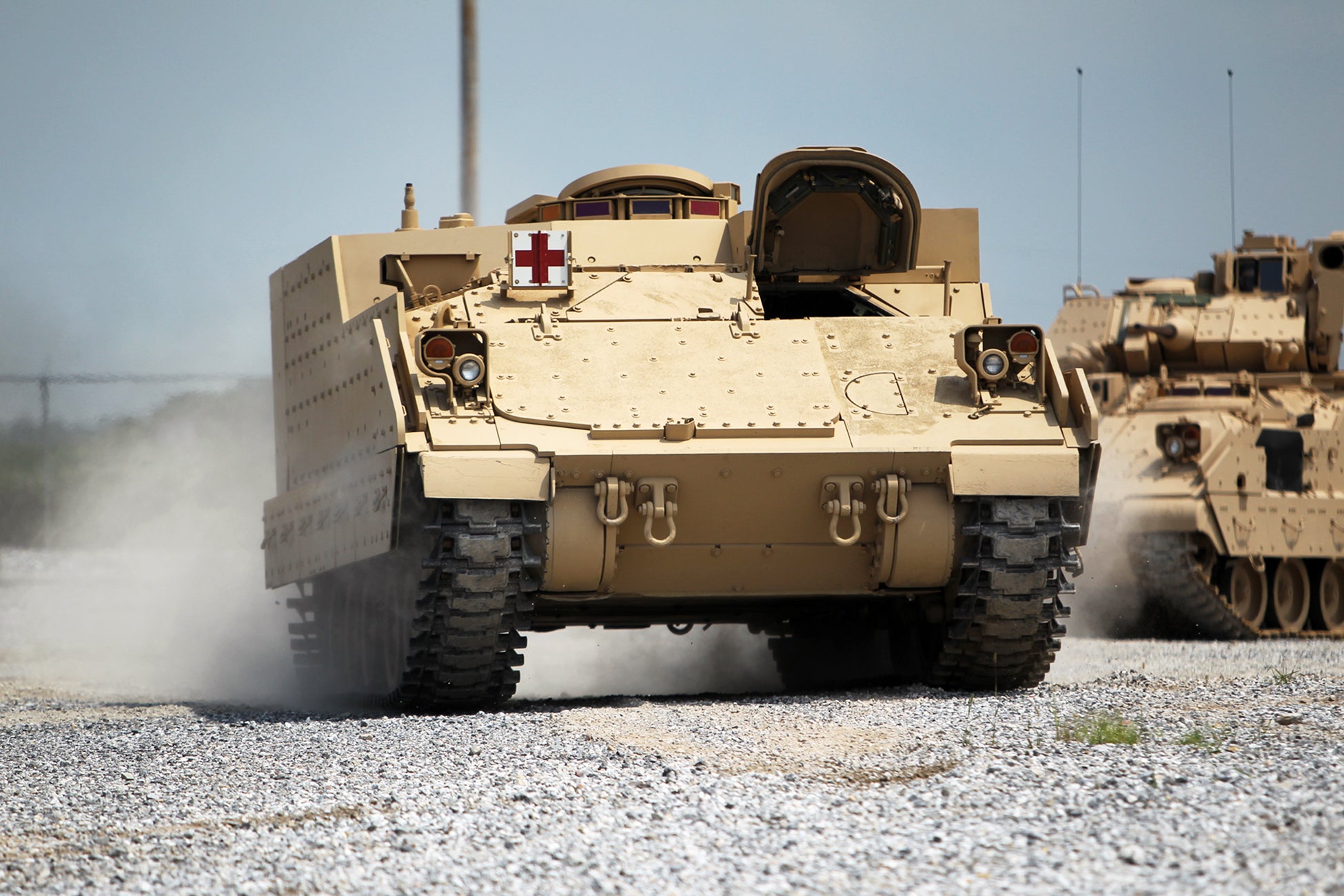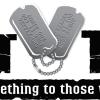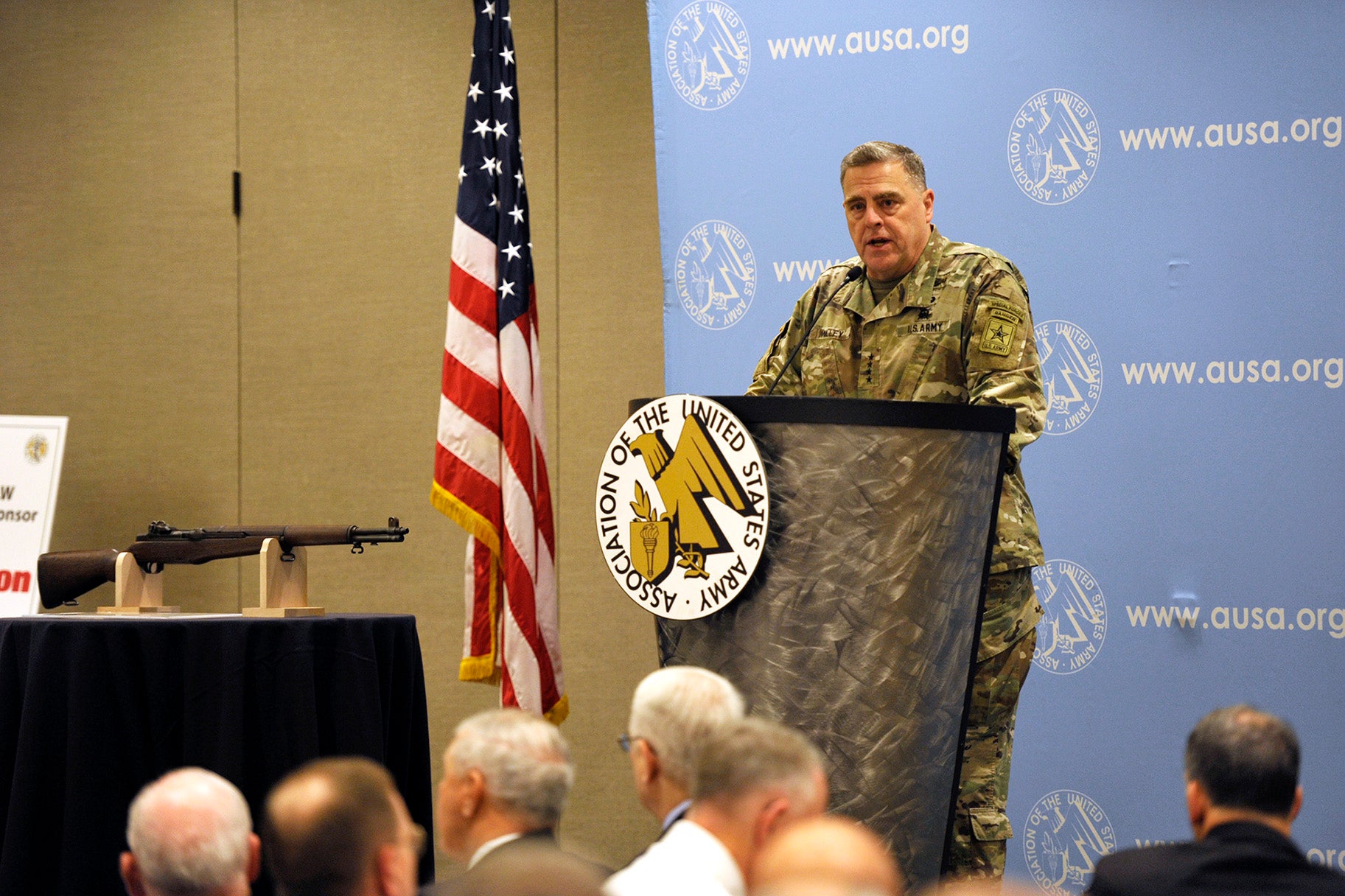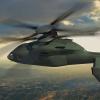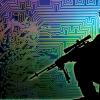The first armored multi-purpose vehicle (AMPV) has rolled off the production line in York, Pa.
The AMPV will replace the Army’s aging M113 family of vehicles that today make up 32 percent of the armored brigade combat team vehicle fleet, said Col. Mike Milner, project manager, AMPV, during the rollout ceremony. The M113 was first produced in 1960.
Capabilities
Milner said AMPV will provide significantly more size, power, cooling and mobility than the M113 to the armored brigade combat teams.
“[The AMPV] will enable mission command on the move, restore indirect fires for the combined arms...



